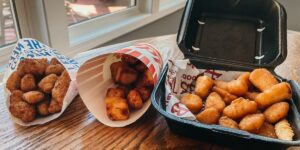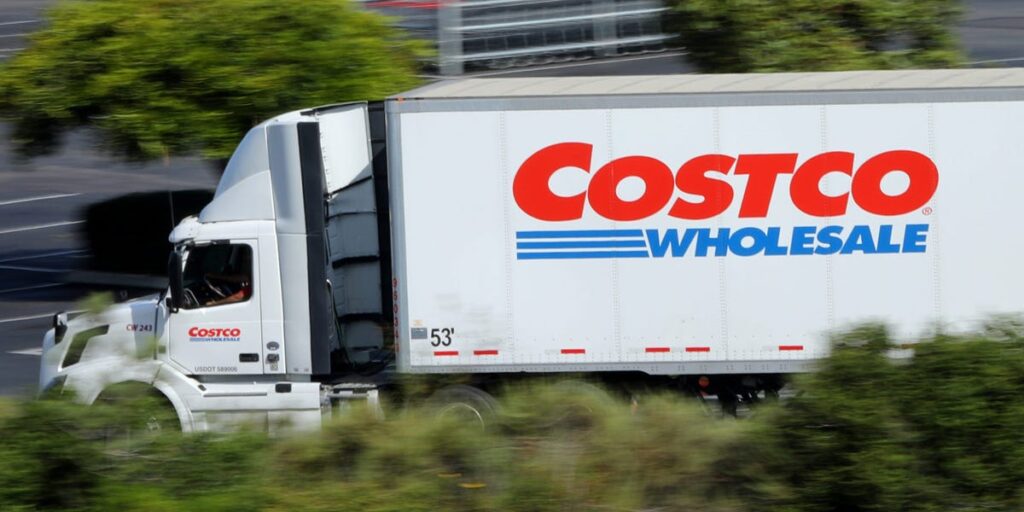This as-told-to essay is based on a conversation with a Costco truck driver in Atlanta, who has requested anonymity as they are not authorized to speak with the media. The worker has shared employment details with Business Insider to verify their identity. The interview has been edited for length and clarity.
I joined Costco as a truck driver last year after a few years working part-time for FedEx, and I think more warehouse and distribution employees should consider the job.
On a typical day, I wake up at 9 a.m., eat my breakfast, and I’m off to the gym. I get home by 11:30 or 12, make a quick lunch, and I’m off to work to clock in at 2 p.m.
At work, I get my tablet and meet with my team. One of the managers will usually have a safety concern or bring something to our attention about what we can do better.
After that, we walk outside to pre-check the truck. We have to look for oil leaks or damages to the truck that we might not have noticed earlier.
We “jump seat,” which means we all share the company trucks between morning and evening shifts.
After we log into our computer system, we get our assignment for the day on a program called Samsara.
For example, today I’m going from Atlanta, Georgia, to Montgomery, Alabama, and yesterday I did two local runs.
We refer to the trailers as “dry box” and “wet box.” Wet means frozen and refrigerated goods that have to be kept at 10 degrees or 34 degrees. Dry box is for furniture or other dry goods the store sells that don’t need to be temperature-controlled.
When I arrive at a warehouse, I backup to the door, drop my trailer, and head inside for my lunch break for a half hour to an hour.
Sometimes I’ll get something to eat from inside the store, but other days I’ll bring lunch and have it in the break room.
After lunch, if they haven’t finished unloading the trailer I brought, I usually bring a different one back to the depot.
For shorter runs, we do a “drop and hook,” meaning we leave the full trailer and pick up a waiting one.
Sometimes it’s returned merchandise, sometimes they’re empty, and sometimes it’s full of the pallets that are used to move products in the warehouse.
Before departing, I enter the load information and the time into Samsara and head back to the depot, usually arriving by 10 p.m.
I work the same shift Monday through Friday, but we go to different stores every day.
The job requires a commercial driver’s license and Costco usually wants to see three years of experience working for another reputable company. Our manager actually wants applicants to have 10 years of experience.
I prefer this job over longer distance, overnight routes because I like to be home every night. It doesn’t matter to me if they send me to Montgomery or Hoover, Alabama, or Greenville, South Carolina, we’re typically back within an eight-hour timeframe.
That’s what attracts a lot of truck drivers to Costco: one is the pay, two is the benefits, and three is getting to go home every night. So I’m not complaining.
If you are a Costco worker who wants to share your perspective, please contact Dominick via email or text/call/Signal at 646.768.4750. Responses will be kept confidential, and Business Insider strongly recommends using a personal email and a non-work device when reaching out.
Read the full article here
















